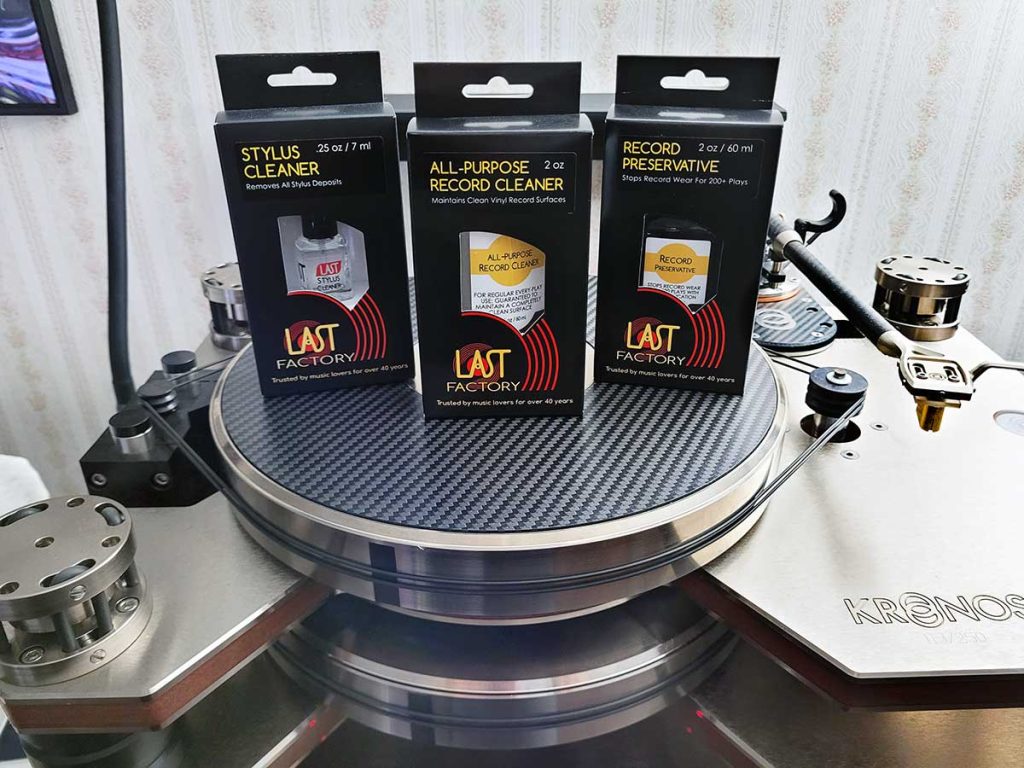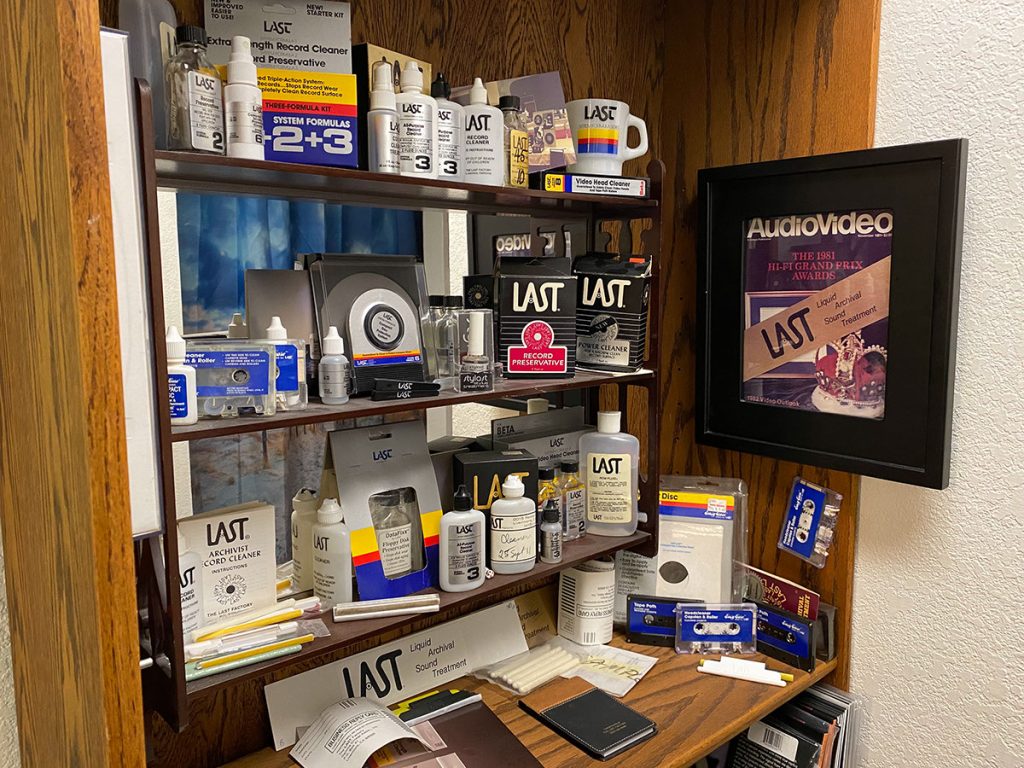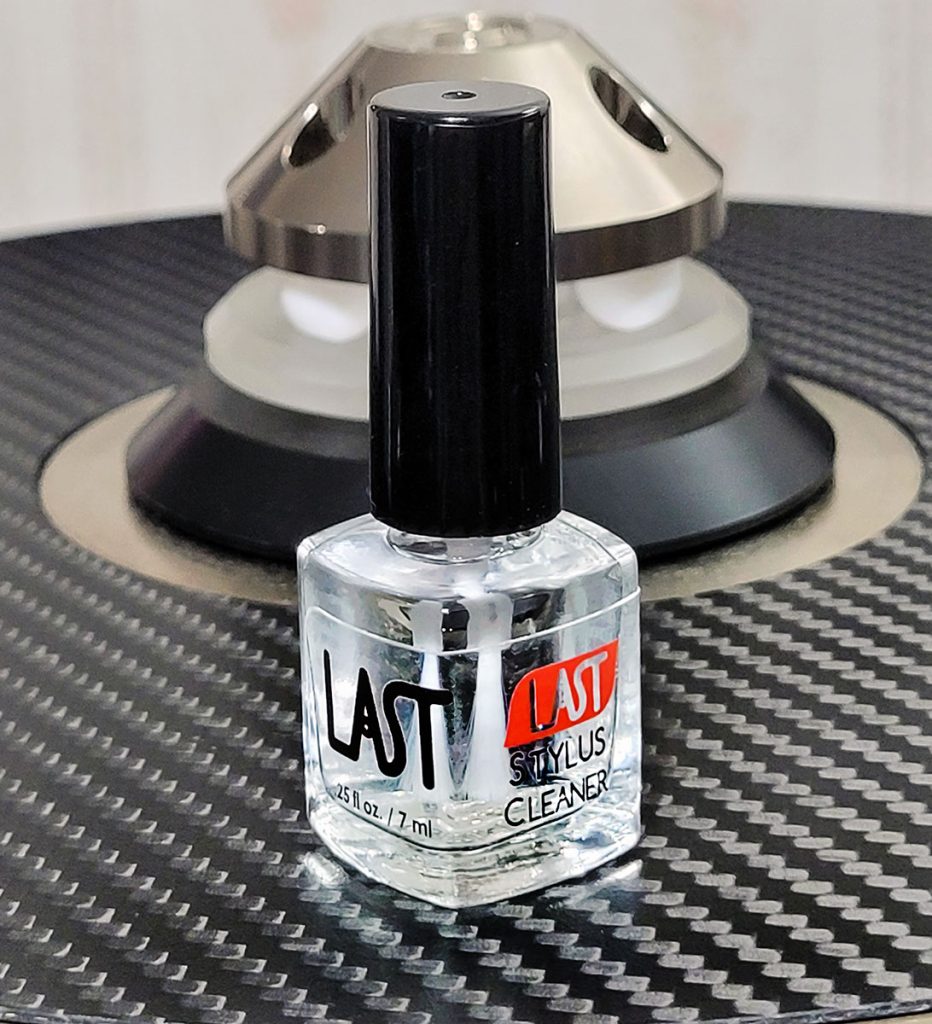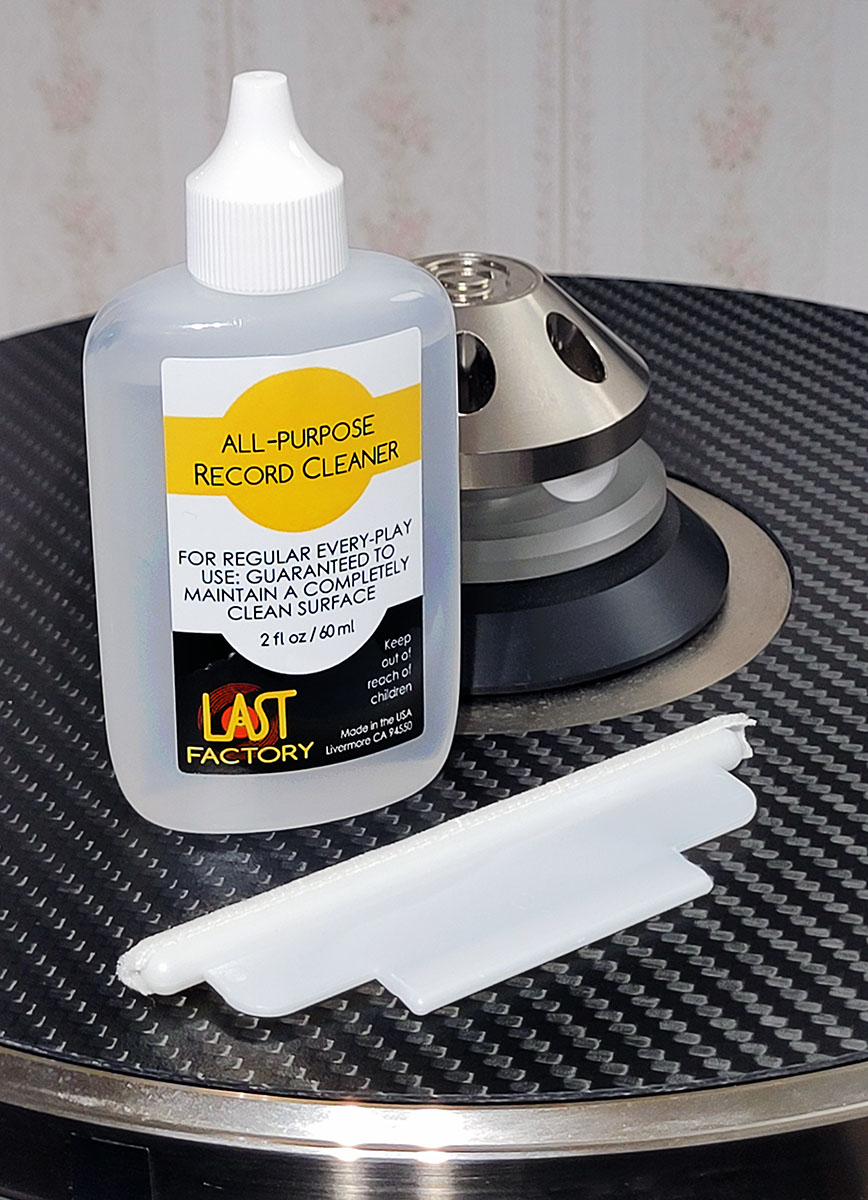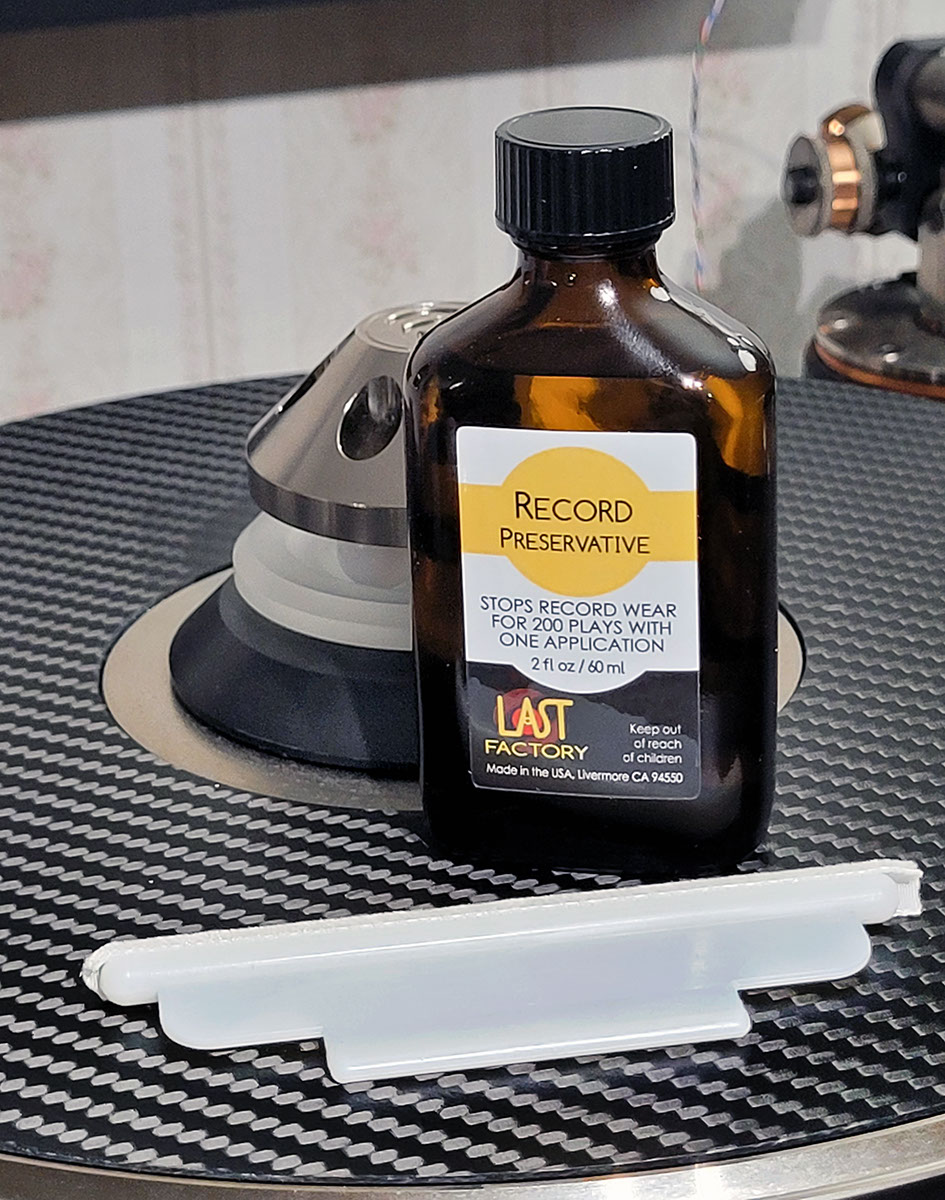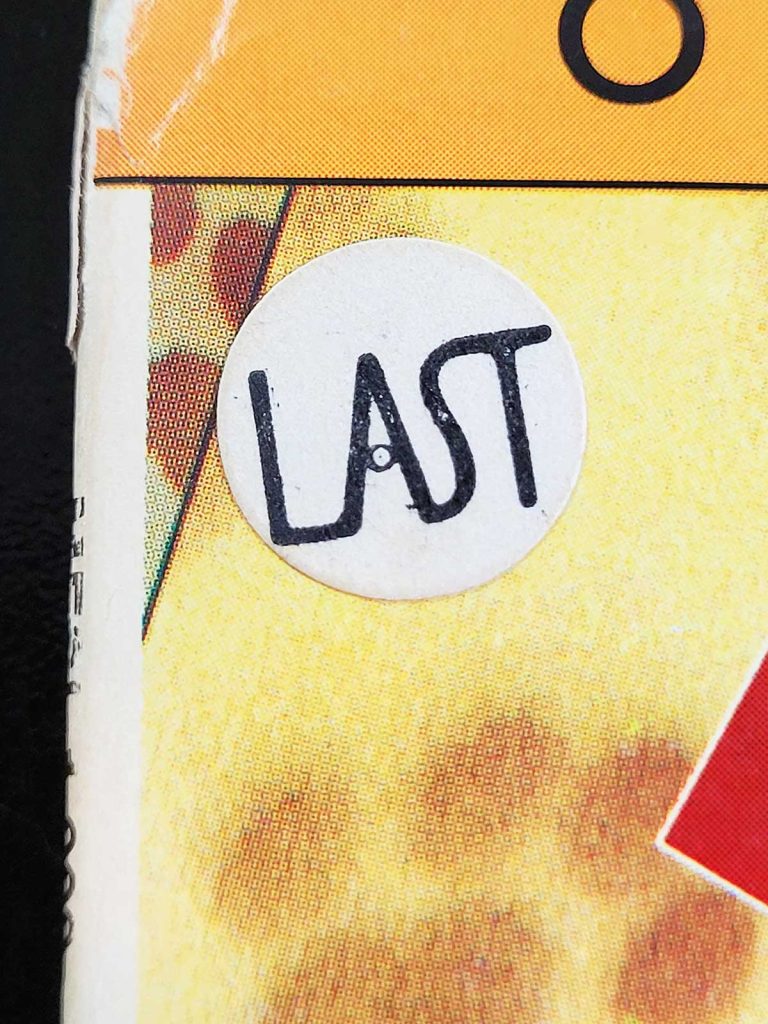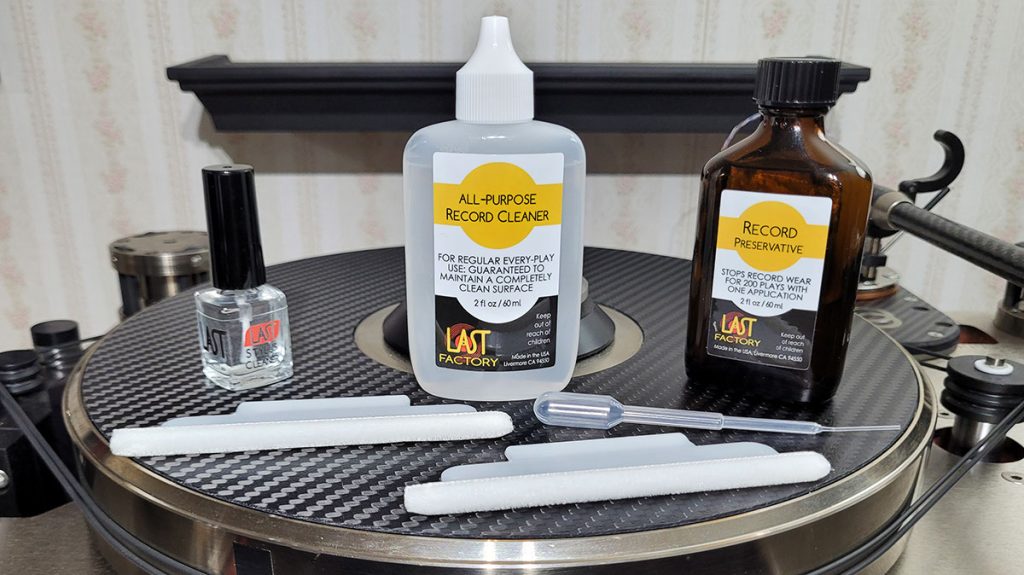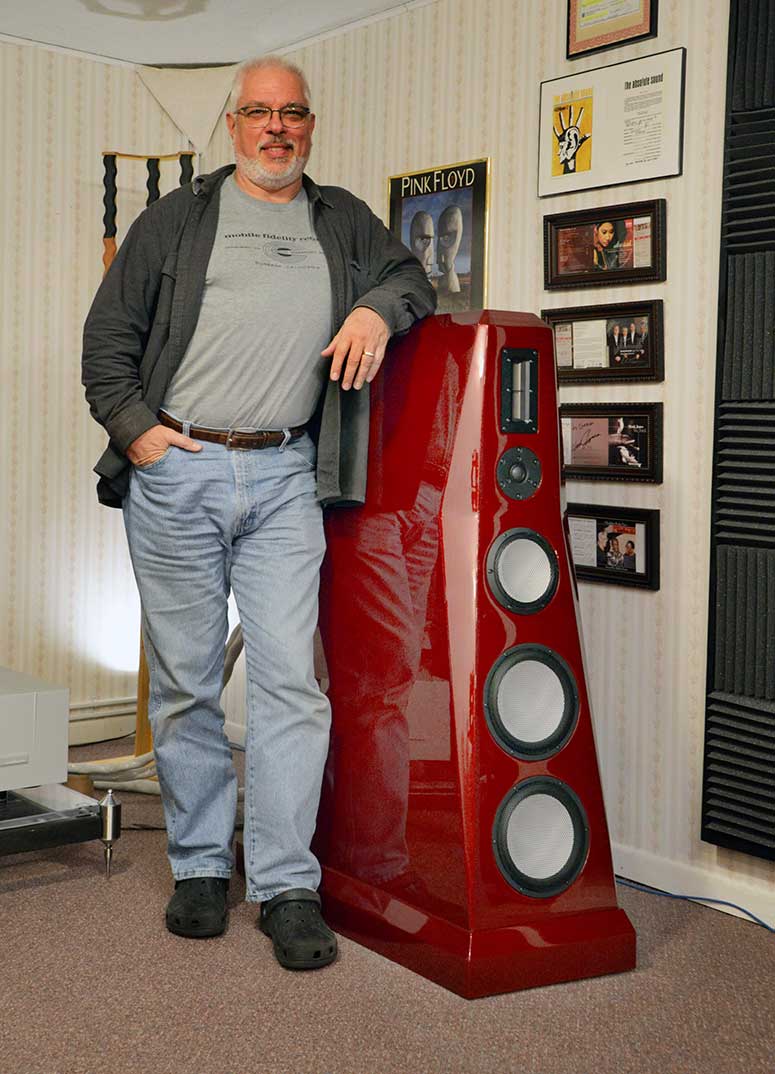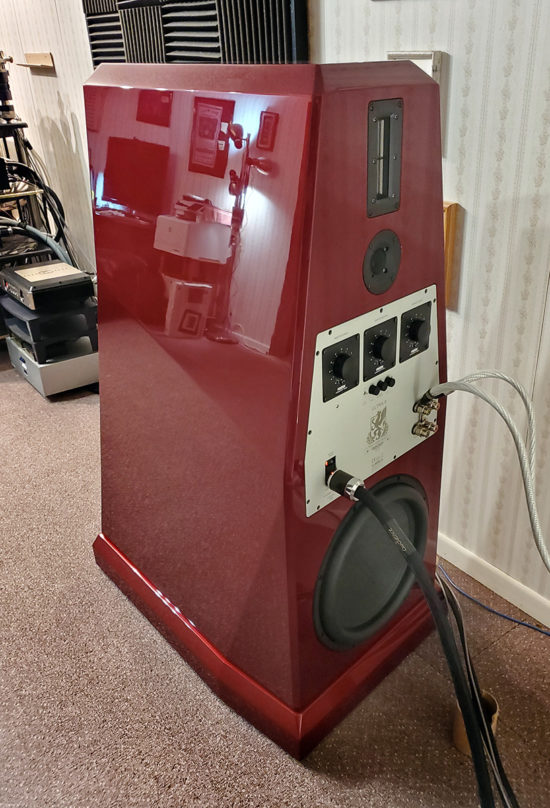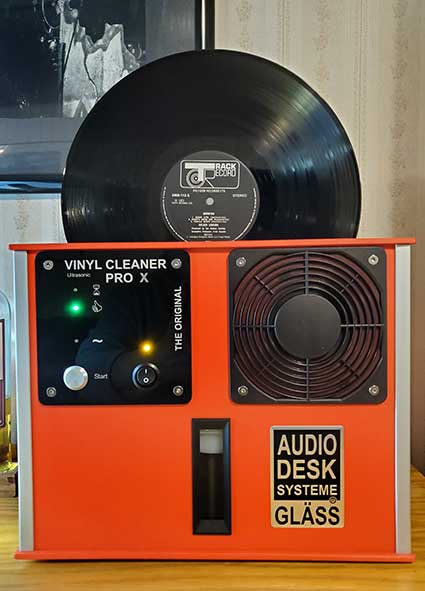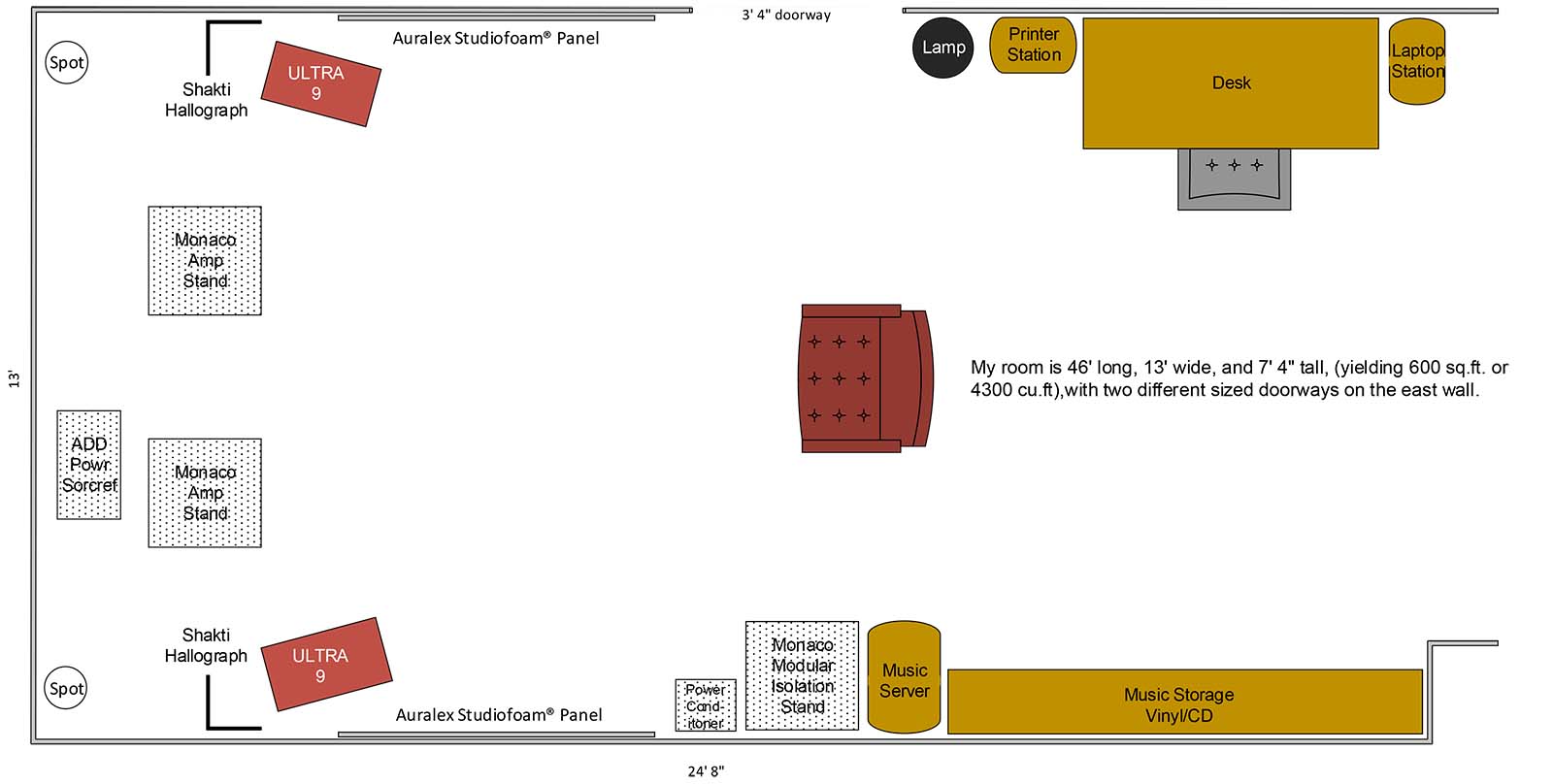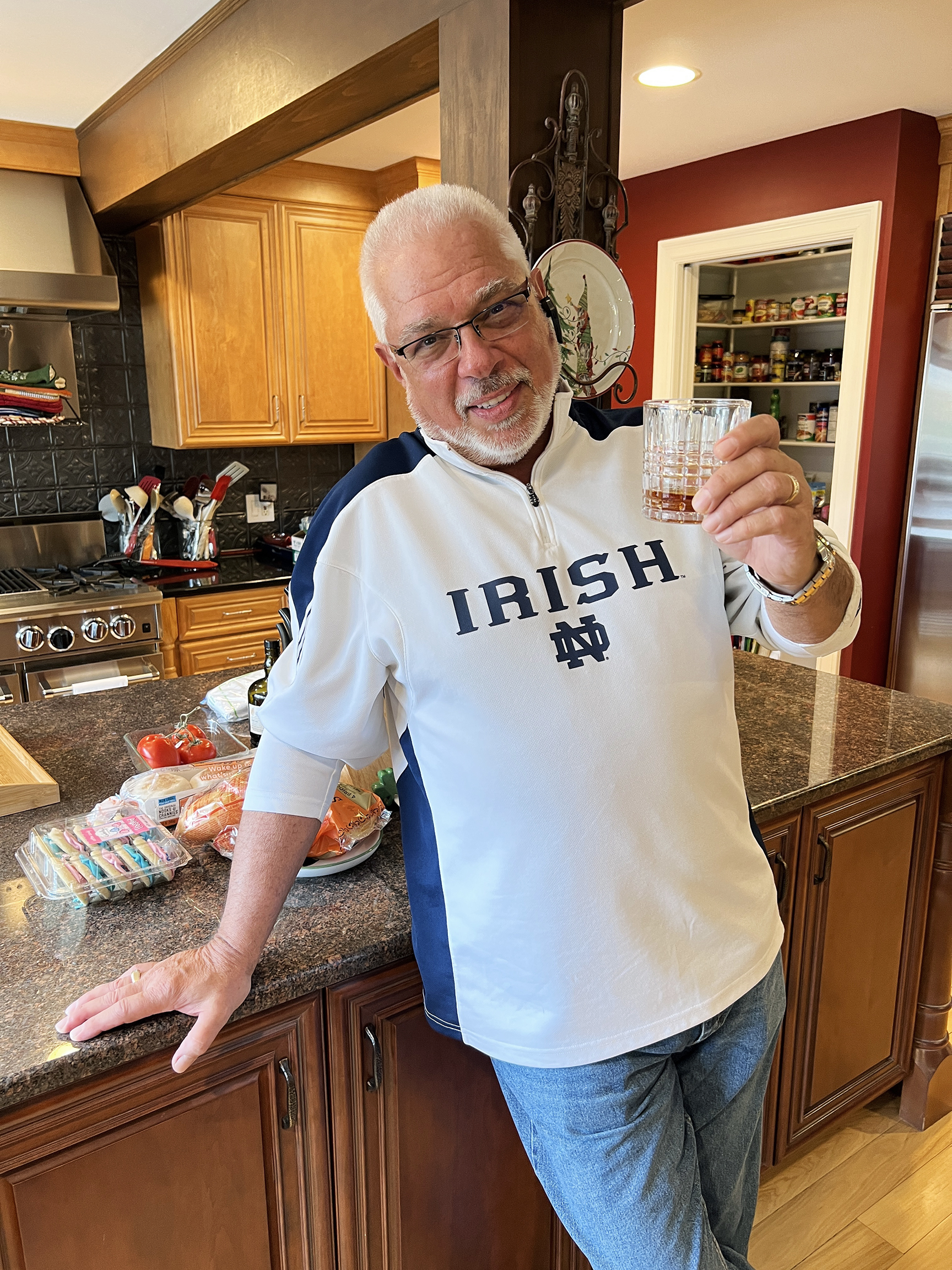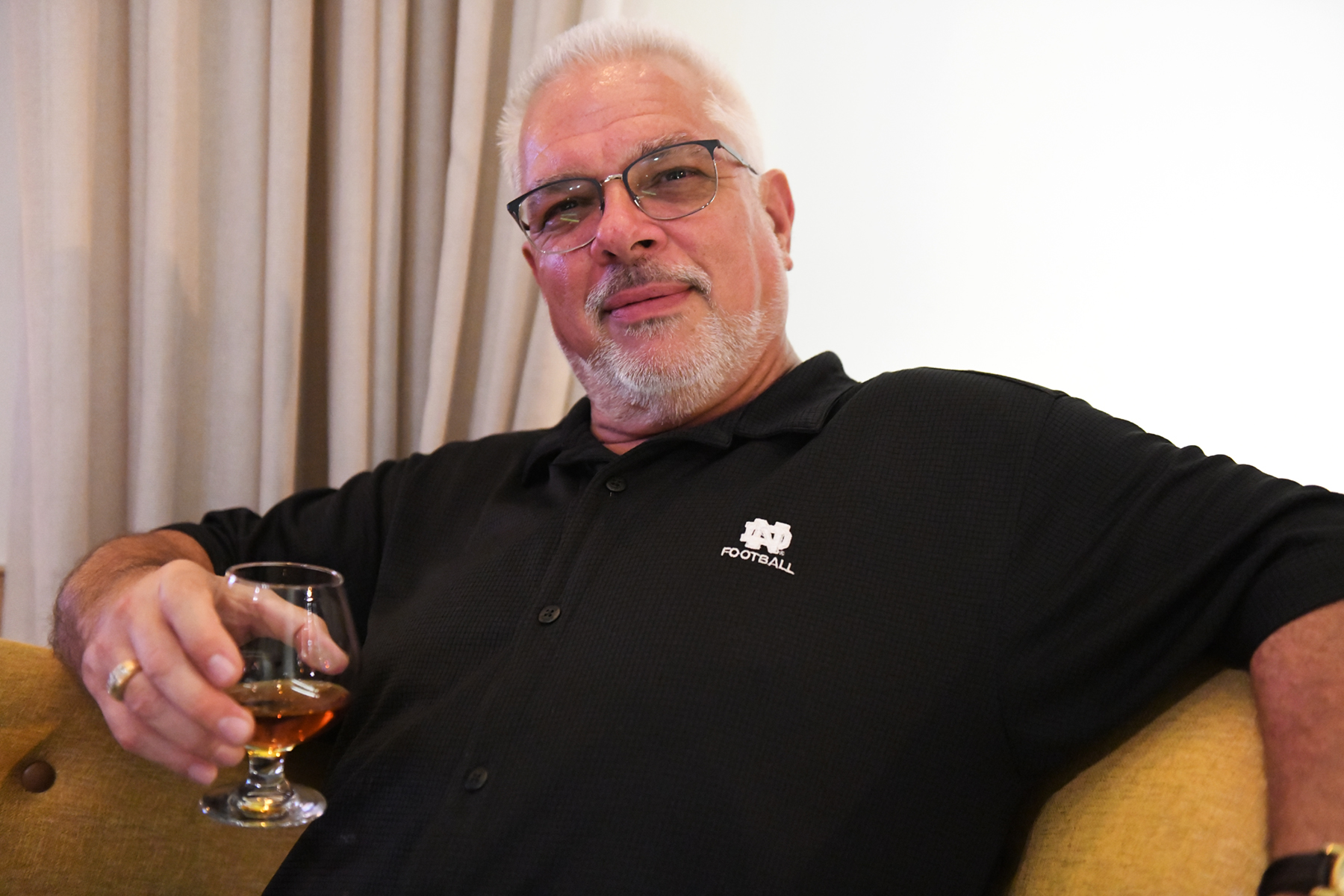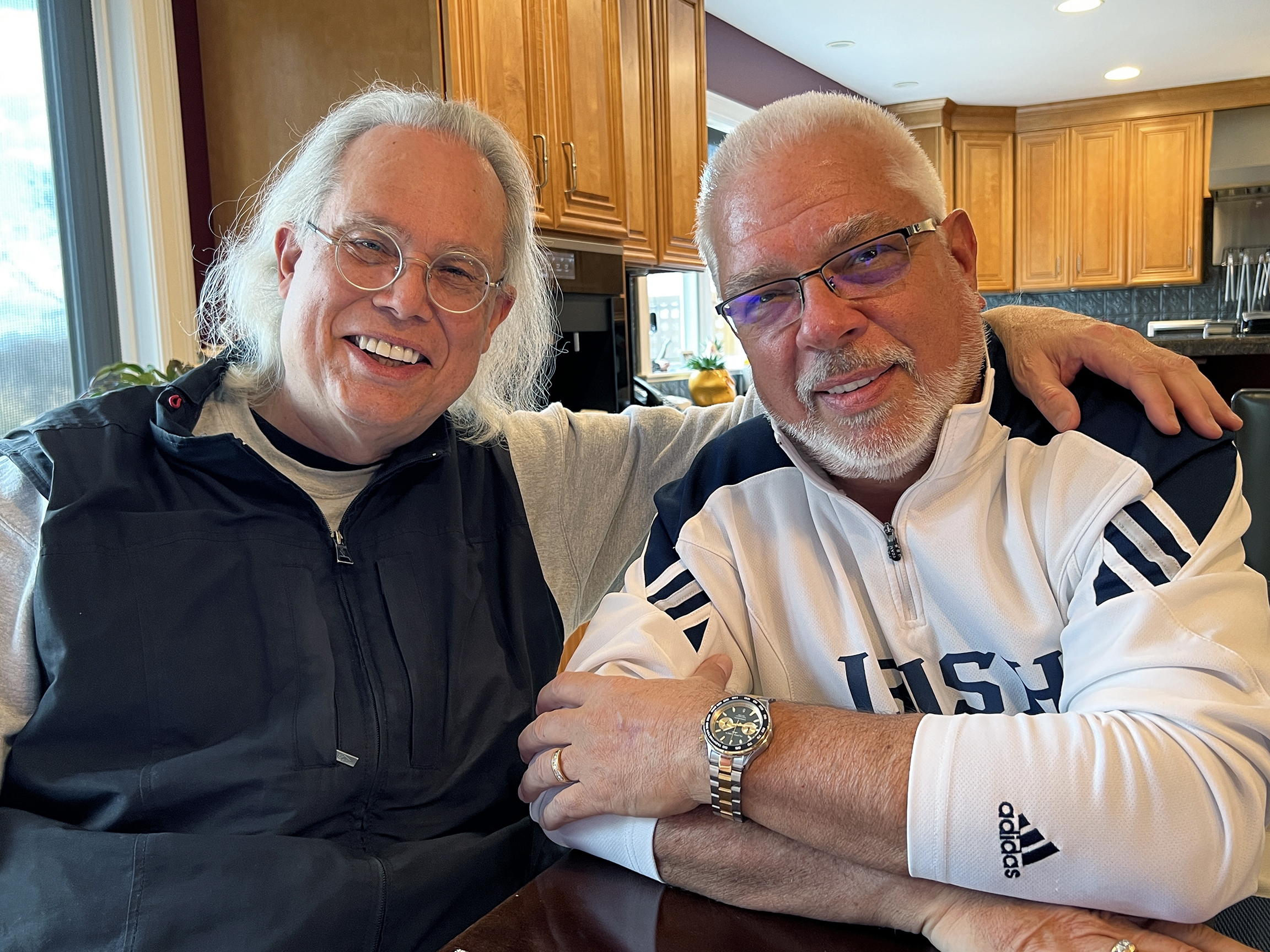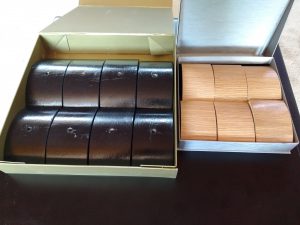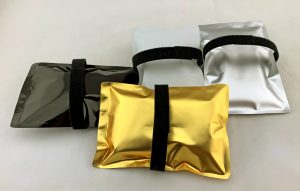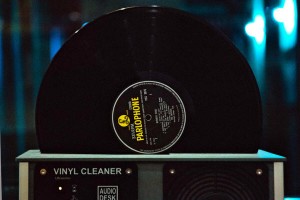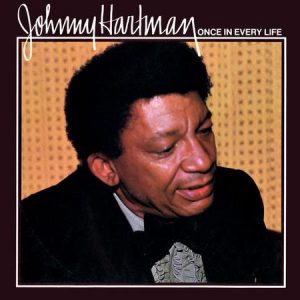Among the more popular topics receiving vigorous traction on social media and public forums are discussions about the derisive and conflicting beliefs and approaches on how to clean and maintain our record collections. For those of us old-school audiophiles, aging stalwarts who have NEVER not known the benefits and caveats of vinyl playback, such processes are well-understood subject matter that we have adapted to as a way of life.
Given the uptick in vinyl's popularity, while I regularly see an abundance of chatter about the different machines and devices that may be used to clean and care for our records, there has been surprisingly little commentary on the many obviously more affordable and remarkably effective methods available to clean and preserve our precious LPs unaided by mechanization or powered devices, methods that address the matter of cleaning by human power alone.
To that end, the timing of this product evaluation request couldn't be more fitting. When an email from Positive Feedback's Ye Old Editor-In-Chief, Dr. David W. Robinson, landed in my Inbox, asking if I'd like to get acquainted with the latest record and stylus formulations from the LAST Factory of Livermore, California, my response was a resounding yes!
You see I had been a strong proponent and regular user of the LAST (an acronym for Liquid Archival Sound Treatment) Factory products through the 1990s. But as their advertising presence and visibility slowly diminished along with the waning of the LP itself, I had mistakenly assumed that they had also quietly slipped away during vinyl's decline. Man was I ever wrong.
Founded in 1979 in Livermore California by three scientists interested in preserving their own record collections, their driving premise was to find a way to substantially extend the useful lifetime of recorded media. After researching the underlying causes of vinyl record wear, they developed a preservative that actually arrests wear and damage, meaningfully enhancing their lifespan. Their testing validated that after hundreds of plays, their vinyl records still sounded brand new.
The product museum at the LAST Factory revealing the rich history of their products
Over time, the LAST lineup of products grew to include both a stylus cleaning and preservative treatment fluid, as well as an all-purpose LP cleaner, a power cleaner, and the fluid that I found most interesting, the aforementioned record preservative. Their products shipped with their minimalist, but extremely effective, brushes and droppers for ease of application. I had used them all through the late 1990s, but as their popularity faded along with the LP, sadly, for some reason, they dropped off my radar.
But after forty years, in 2019, Walter Davies, one of the founders, decided it was time to move on and chose to sell the business to a long-time friend and fellow audio enthusiast, Jeffrey Kaskey. Jeff had recognized that the renewed interest in vinyl records provided an opportunity to regrow the LAST Factory. Though they worked together to fashion a sale that functioned as a partnership with Walter, Walter passed away in 2020 at age 83. If you would like to learn more, please check out their About Us/Our Story page HERE.
Following a flurry of emails with Jeffrey Kaskey, in a matter of days a care package of products arrived, including the latest formulations of their Stylus Cleaner, All Purpose Cleaner, and Record Preservative. Without further ado, here is what you need to know.
LAST Stylus Cleaner
Though there is no mention of what enhancements were made with the formulations on either the website or in the included instructions and documentation, the principle behind their use is undeniable. First, it just makes sense to do everything in your power to make sure the stylus itself is free of dust, any other contaminants, or caked-on debris.
Researching on the web will reveal that a phono stylus tracking in the vicinity of 2 grams translates to the equivalent of over two tons of pressure at and on the LP's groove walls. The result of the friction generated by the stylus at these pressures creates immense heat. According to measurements taken by van den Hul, those temperatures reach 320° Fahrenheit or 160° Celsius. The result of this immense rise in temperature is the brief, instantaneous liquefaction of the groove wall. In essence, the surface layer of the groove wall melts as the stylus glides through, and then it resolidifies almost as fast as it melted.
Any form of dust or impurity riding on the tiny diamond sliver making its journey through our record's aural valley has the possibility of becoming permanently bonded to the groove wall - or baked onto the stylus itself. Keeping the stylus clean and finding ways to reduce friction are clearly desirable goals.
LAST Stylus Cleaner comes in a .25-fluid-ounce glass bottle with a tall cap that has an applicator brush attached to its base, very much resembling a nail polish bottle and brush. The directions tell you to simply unscrew the cap and, using the cap-attached brush bristles, lightly apply the cleaner to your needle with a gentle back-to-front motion.
I would also suggest that you be sure that the tonearm is not locked in place with any hold down or clip. Accidents can happen, and any unexpected and unintended excessive force on the cantilever may cause real damage, which will surely be amplified if the cartridge body, attached to the tonearm, is unable to move freely to compensate.
Another consideration that is not mentioned, and one that I feel is important with the use of the cap-attached applicator brush, is to be sure to dab away excess fluid from the brush by wiping it gently along the inside neck of the bottle as you remove it and before directly brushing the stylus.
Why? While there is not much to be concerned about with more pricy cartridges, those using solid sapphire, boron, or even diamond cantilevers, some more inexpensive cartridges use tubular cantilever assemblies fashioned of aluminum or other materials. Excessive fluid introduced to or around your stylus can be drawn up these types of cantilevers by wicking action, where it will continue to reside. This excess fluid retention may also tend to draw and hold dust or other impurities in that delicate motor structure, causing accelerated deterioration of the damping materials, risking appreciably shortened cartridge life.
With the brush now properly wetted and positioned under the rear of the stylus, lightly draw the brush forward letting the bristles surround the stylus and just begin to lift the cantilever, then continue slowly drawing the brush forward across the stylus until it clears its front. Repeat as necessary until it is clean. But be sure to visually inspect the brush for any dust or debris it may have picked up during the cleaning process before reinserting it into the bottle. If you note any, be sure to wipe it clean. You don't want to return any of the particulate contaminates you just removed from the stylus to the master bottle of fluid.
Though you may be tempted to apply the cleaner before every play, that is neither the best approach nor is it necessary. Even the LAST Stylus Cleaning manual recommends only applying it when you note mistracking, distortions, or when there is some visual indication of need. When used in this manner, it is sure to help you keep all your styli and clean LPs spic 'n span!
LAST All Purpose Cleaner
The LAST All Purpose Cleaner is supplied in a 2-fluid-ounce plastic squeeze bottle and comes with several of their minimalist plastic-handled applicators that use a small white velvet pad as the brush. To use the cleaner, you simply squeeze three drops onto the velvet pad of the applicator, spaced evenly across its length, and then spread it out uniformly brushing the bottle's nozzle back and forth across the applicator.
With your LP situated on a clean, dry, solid flat surface, you move the moistened applicator in a sweeping motion, following the record grooves, around the entire record at least twice. Dust and debris will collect on the velvet pad, which may be cleaned by rubbing it across the ridges of the bottle's cap.
Long-term maintenance of the applicators is easy as they become soiled and contaminated over time. By soaking them for several minutes in a shallow solution of water with a few drops of dishwashing detergent added, you then gently rub their velvet faces together, dislodging any remaining soil, rinse them under running water, and blot them dry.
While this process may seem a bit Spartan, I can attest to its efficacy and ridiculous affordability. According to the internet, two fluid ounces contain more than nine hundred drops. Doing the math, using three drops per record will equate to cleaning over three hundred LPs, at a resultant cost of just thirteen cents each! I dare even the most frugal of you out there to find a more cost-effective, proven successful record-cleaning process!
In my tests cleaning a handful of recently purchased, previously uncleaned used LPs revealed not only a notably quieter background and reduced surface noise, but post cleaning, they offered more faithful staging cues, with more correctly sized voices and better-resolved locations, as well as improved overall clarity and resolution. Yeah, this fluid is another winner.
LAST Record Preservative
I've saved the best for LAST! Sorry, I couldn't resist! During the 1990s and into the early 2000s, I applied the LAST Record Preservative to a sizable number of my most prized records, as evidenced by all the record jackets still sporting the supplied round LAST stickers to denote its application. Though I have no way to quantifiably measure its efficacy, I can tell you that my experience bears out their claims of its ability to reduce noise and distortion on both new and used records and to arrest record wear for as many as 200 plays!
One of the included stickers added to a record jacket to note that it had been treated
The LAST Record Preservative comes in a two-ounce glass bottle and is said to work both as a lubricant, and by filling any open cracks, holes, or other imperfections in the vinyl's surface, and diffusing into the vinyl. Their original literature from the nineties suggested that its application reduced the generation of heat by almost one hundred degrees, drastically diminishing the destructive energy produced by the extreme pressure and friction of the stylus-to-groove interaction.
Here again, to use it, you place the record on a clean, dry, solid surface. To apply the Record Preservative, you extract just the right amount of the odorless fluid from its glass bottle with its included—and clearly marked—dropper, then gently squeeze the dropper to apply the fluid evenly across the entire brush surface. You then swirl the brush over the surface of the record, making two full revolutions. They also recommend "rolling" the applicator brush as you apply the fluid, front to back, to help more evenly distribute the preservative.
As to the preservation capabilities of the Record Preservative, again, I have no way to quantifiably measure its effectiveness. But beyond its potential to extend the life of an LP, I was delighted to find that it offers clear sonic benefits post-treatment, including slightly purer tonality, with less congestion or blurring broadband, especially from the upper bass on into the upper midrange. Instruments take on a more corporal sense of body, as well as revealing both improved gradation and delineation of their placement and size throughout the soundstage. This also brought about an apparent sharpening of focus, contributing to clearer overall resolution, and in turn, yielding a bit more transparency.
With some LPs, there was a more subtle and expressive communication of the microdynamic nature of the recordings and a notable reduction of surface noise, but this seemed to vary widely based on pressings, and I am forced to surmise it likely has to do with the actual vinyl formulation of the LP in question. But, damn, this stuff is the real deal.
In an era dominated by mechanized cleaning processes and machines, it is refreshing to see such continued devotion and dedication to delivering affordable and highly effective methods to treat and preserve this remarkable and beloved medium. If you are into vinyl and haven't yet tried these products, in particular, the Record Preservative, you don't know what you're missing.
To put an apropos spin on Karl Malden's old American Express commercial punch line, "Don't play vinyl without them."
LAST Factory Stylus and Record Care Products
LAST Stylus Cleaner - 0.25 Fl. Oz. /7 ml
Retail: $35.95
LAST All-Purpose Record Cleaner – 2 Oz.
Retail: $38.95
LAST Record Preservative, 2 Oz.
Retail: $64.95
LAST Factory
925.449.9449




